How to Cook Rice Noodles
on Aug 24, 2022, Updated Jun 17, 2025
This post may contain affiliate links. Please read our disclosure policy.
Chewy but tender and silky rice noodles for every recipe! Step-by-step instructions and photos and recipes.
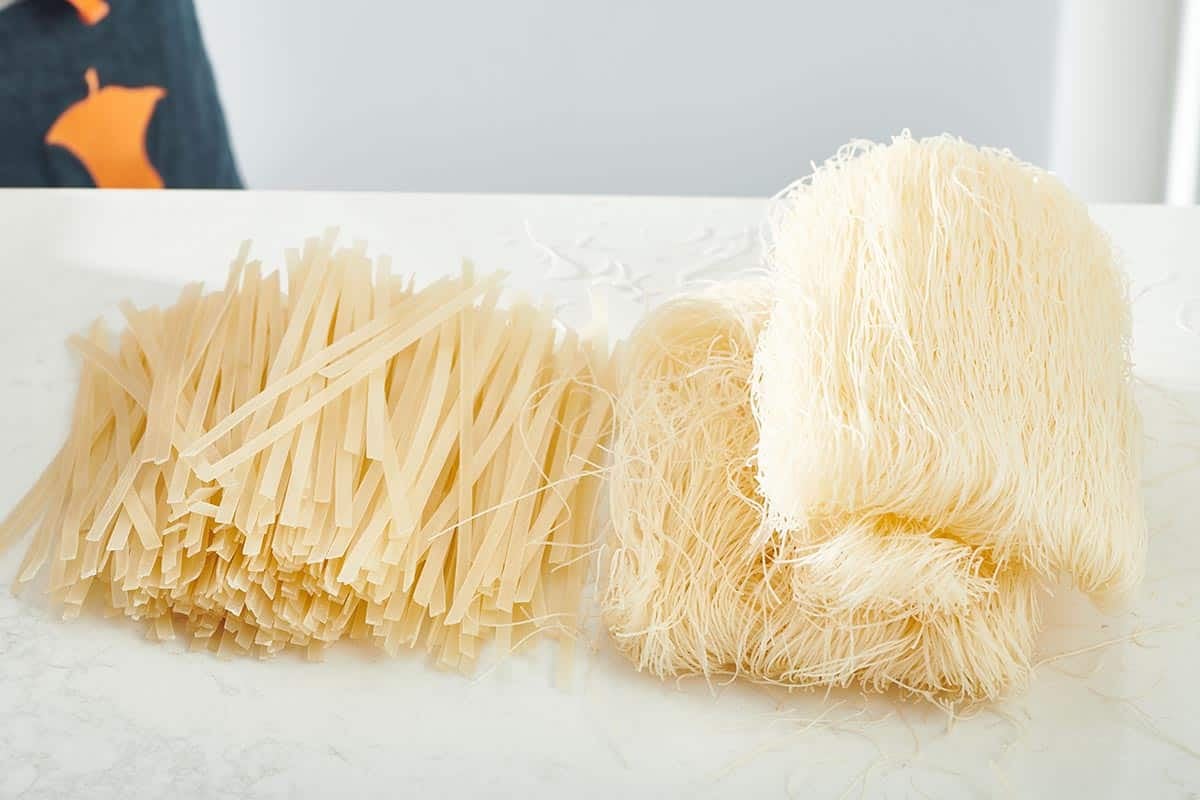
Rice noodles are a mainstay of Asian cooking, popular in Chinese cooking and Southeast Asian cuisines like Thai and Vietnamese. They are sometimes sold fresh, but are most readily available dried. Like most pastas, they last for years in the pantry. And like millions upon millions of people — we love them! For their pliable chewiness and ability to absorb awesome flavors. They are gluten-free, egg-free, and dairy-free, so they are safe for many dietary restrictions.
But rice noodles can quickly turn to mush if they are overcooked, and can also be unpleasantly tough or brittle when undercooked. And if you are going to continue to cook your noodles when they are added to a hot dish, vs. using them in a cold noodle salad, then you will need to take that into account as you determine your best soaking time and noodle texture.
By signing up, you agree to our Privacy Policy.
There are several ways to cook rice noodles, from soaking to boiling. A bit of experimentation will help you figure out the best way to cook your favorite rice noodles, and for how long.
What's In This Post?
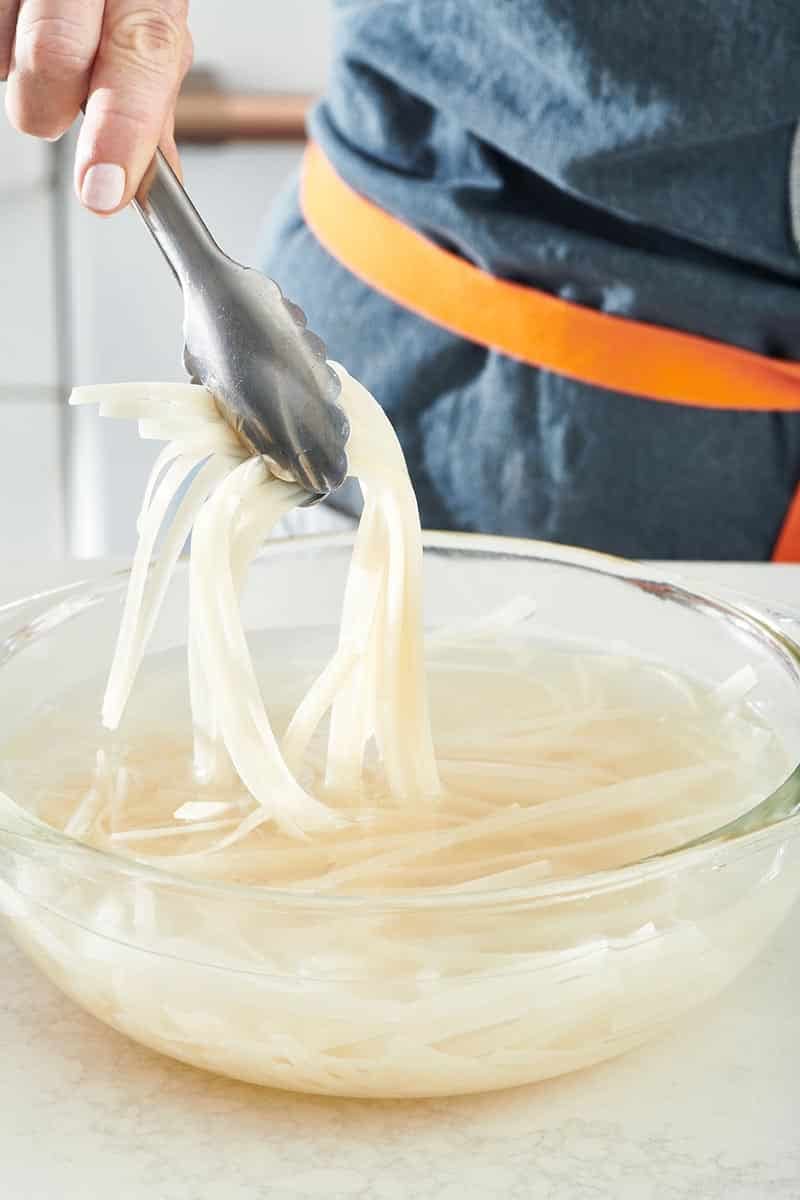
What Are Rice Noodles?
Rice noodles are made from a blend of water and rice powder, also known as rice flour. They come in a variety of widths, ranging from broad to super-skinny, vermicelli-like strands.
Dried rice noodles have an off-white, slightly grayish, slightly translucent appearance. They are usually packaged and folded several times in plastic bags or sometimes boxes. Rice vermicelli noodles are often sold in a kind of brick or block shape. Flat, wider rice noodles might also be labeled “river noodles.” You may also see rice noodles labeled as “rice sticks” or “rice stick noodles.”
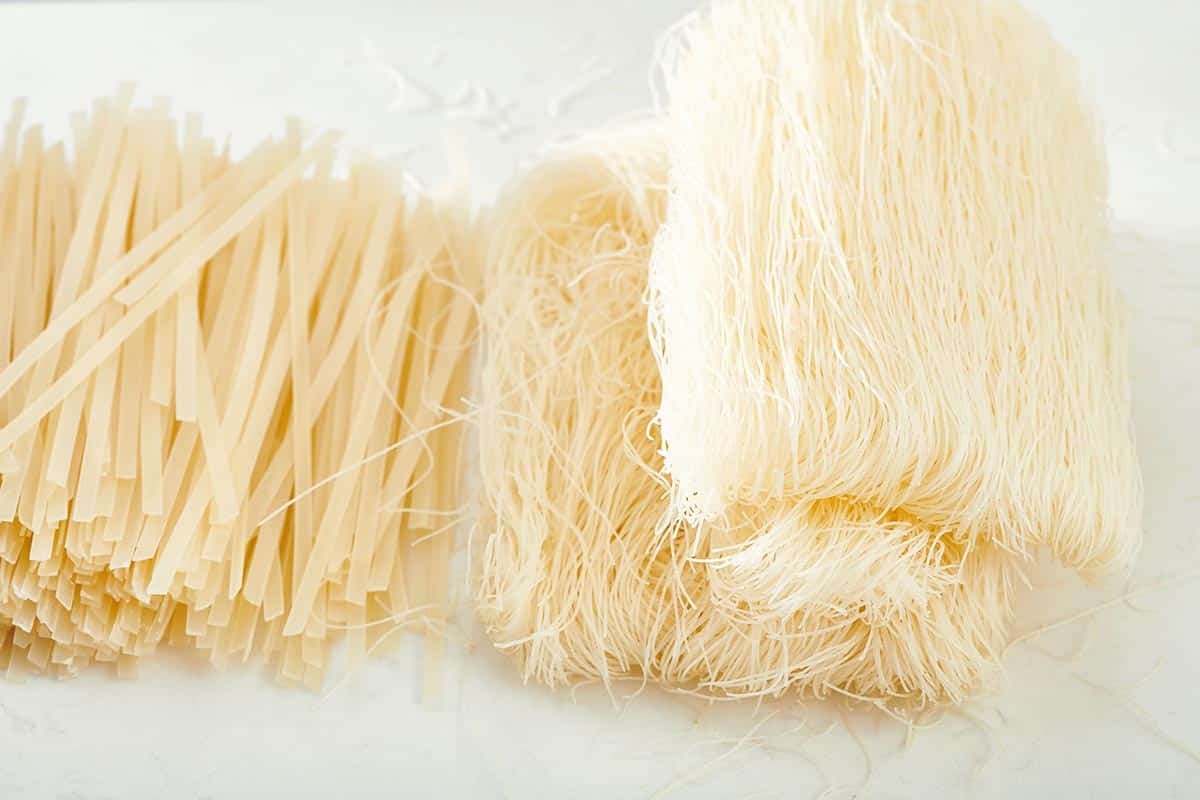
How to Soak Rice Noodles
One of the most common methods of softening rice noodles is to soak them in very hot water, or water that has been brought to a boil. The hot water is poured over the noodles, or the noodles are submerged in the hot water.
The amount of time you need to soak your noodles depends on their thickness and width, as well as how hot the water is. As the noodles soak, use tongs or a fork to separate the noodles into strands. Make sure they are stirred and separated often to prevent clumping.
- Rice vermicelli noodles – 4 to 6 minutes soaking time in boiling or very hot water
- Wider flat rice noodles – 5 to 10 minutes soaking time in boiling or very hot water
Kitchen Smarts
If you soften your noodles in boiling water and want them to stop softening immediately, you can stop the cooking by shocking them in cold water. Drain the rice noodles and transfer them to a bowl of cold water. Or, drain them and run cold water over them in a colander. This allows you to control the cooking process and end up with perfectly tender but not mushy noodles.
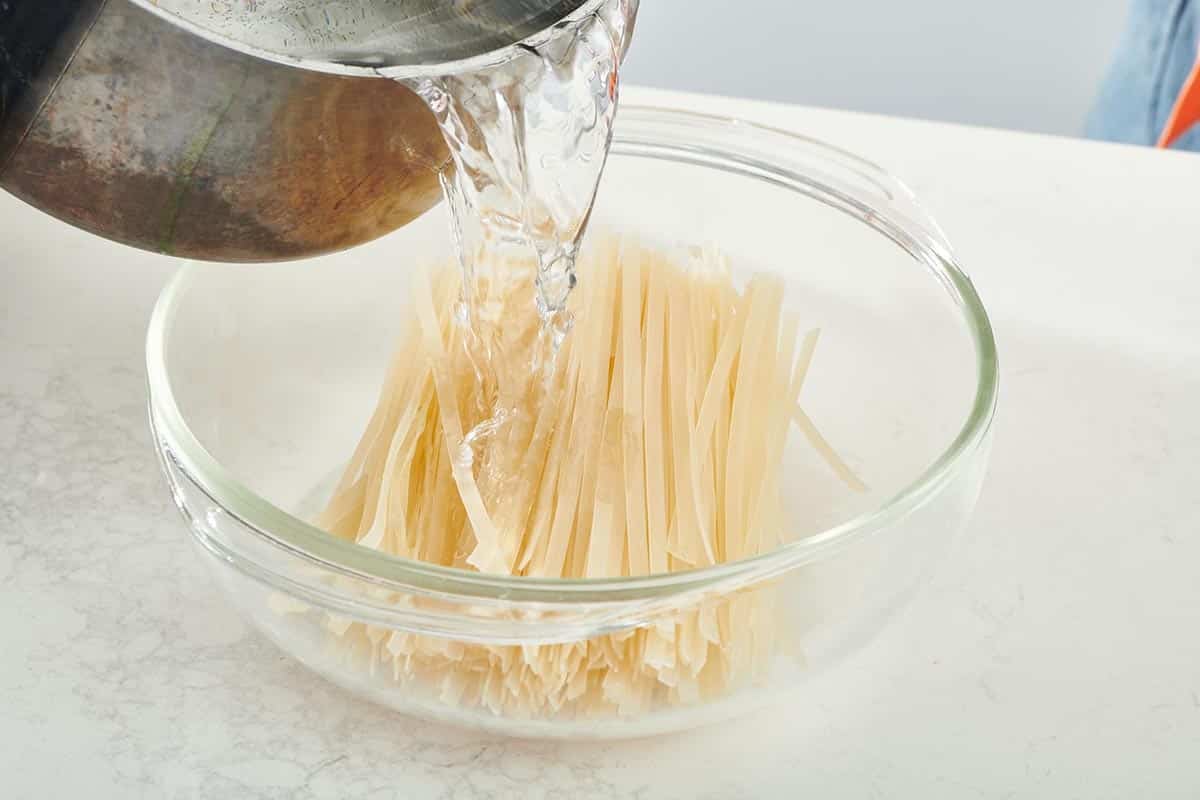
Soaking Rice Noodles in Lukewarm Water
Rice noodles can also be softened in lukewarm water, even room temperature water, which will take about 30 to 60 minutes. Again, depending on whether you plan on continuing to cook them in a stir-fry or other dish, you may want to take them out while they are still firm but pliable. If you want to refresh the water with warmer water along the way, the softening will go faster.
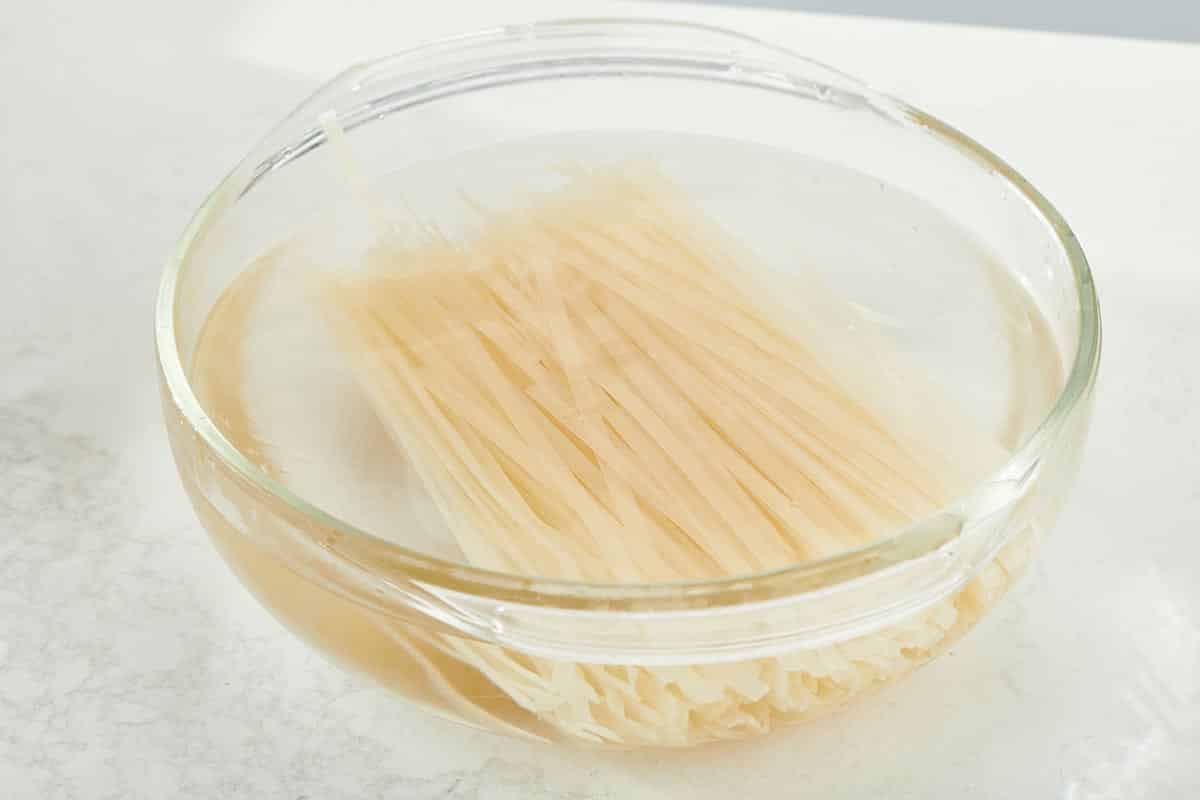
Rice Noodle Tips
- If you add the noodles to a pot of boiling water, the soaking time will be much shorter. Keep a close eye on the noodles, or they will turn to mush!
- If you know you are going to continue cooking the noodles in a sauce or a hot dish like Pad Thai, Pad See Ew, or Shrimp with Rice Noodles, then you want to soak them until they are pliable but not fully soft. They will continue to soften in the dish as it cooks.
- If you are using the noodles in a cold dish or any dish where they will not cook any further, you want to soak them until they are soft enough to bite into. In essence, soak them until you think they are the right texture for eating.
Recipes With Rice Noodles
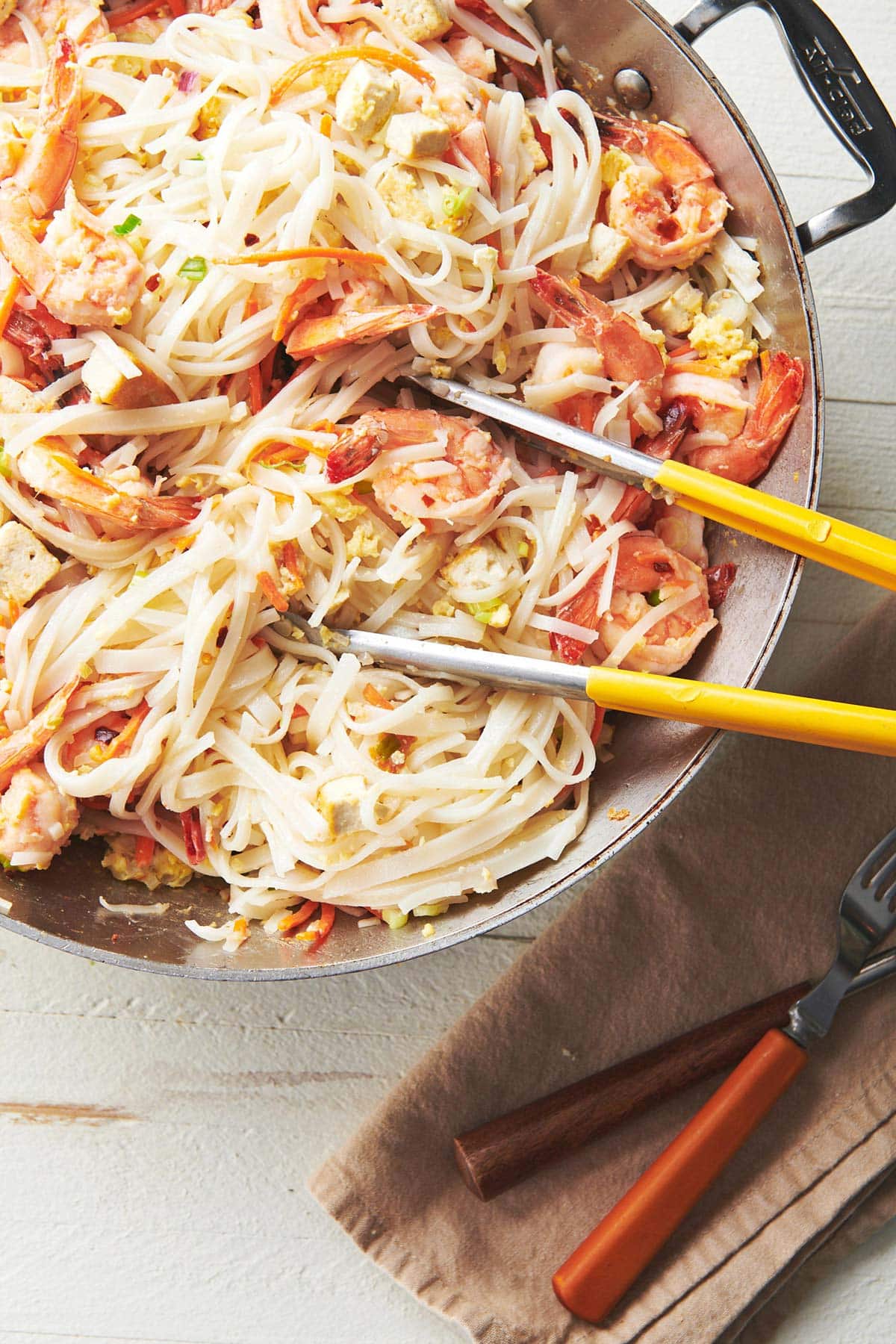
More Cooking Tips
- How to Make Perfect Rice on the Stove
- How to Cook Pasta
- Perfect Couscous on the stove
- How to Cook Quinoa
- How to Cook Wild Rice
Pin this now to find it later
Pin It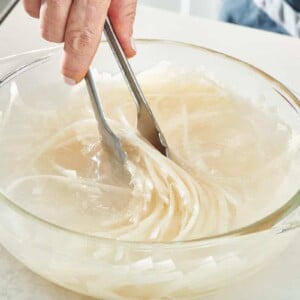
How to Cook Rice Noodles
Ingredients
- 8 ounces rice noodles (either wide and flat, or vermicelli)
- 6 cups water (or more, as needed)
Instructions
- Place the rice noodles into a large bowl. Heat 6 cups of water in a pot over high heat until the water comes to a simmer. Pour the hot water over the noodles and let sit for a few minutes. As they soak, use tongs or your hands to separate the noodles into strands.
- The amount of time you need to soak your noodles depends on their thickness and width. Rice vermicelli noodles will take about 4 to 6 minutes to soften. Wider flat rice noodles will take about 5 to 10 minutes. As soon as they are softened as much as you wish, drain them or remove them from the hot water. Depending on whether you plan on continuing to cook them in a stir-fry or other dish, you may want to take them out and rinse them while they are still firm but pliable. If you are going to eat the noodles as is without further cooking, make sure they are very tender.
- Either toss the noodles with sauce or add them to a salad, or continue with the recipe.
Notes
Storage
Dried rice noodles will keep in the pantry for at least 2 to 3 years, like most dried pastas. Cooked rice noodles will last in an airtight container in the refrigerator for up to 3 days. You can freeze cooked rice noodles for up to 3 months.Nutrition
FAQs
After softening the rice noodles, they need to be kept moist, or they will harden. Leave them in the water bath or cover them with a damp towel if you’re not going to use them right away. Or, you can keep softened rice noodles in a container filled with water in the fridge for up to 2 days, drain them, and proceed with the recipe.
Rice noodles become too hard when they are not soaked or boiled long enough before adding them to a recipe. You can soak them in hot or warm water a bit longer to make them more pliable.
If your rice noodles are mushy, chances are that you over-soaked or overcooked them — it happens to the best of us! This will cause them to become too soft and probably clump together. Once rice noodles become gummy and tangled, it’s very hard to separate them, so err on the side of al dente and use your tongs to move them around often.
Rice noodles can be used in stir-fries (Pad Thai is probably the most recognizable rice noodle dish to many), noodle soups (like pho), rice noodle salads, and various hot and cold noodle dishes.
Fresh rice noodles are available in the refrigerated section of some Asian markets and grocery stores, but the most commonly available rice noodles come dried, and these are available in most well-stocked grocery stores in the pasta or Asian ingredients section of the market.

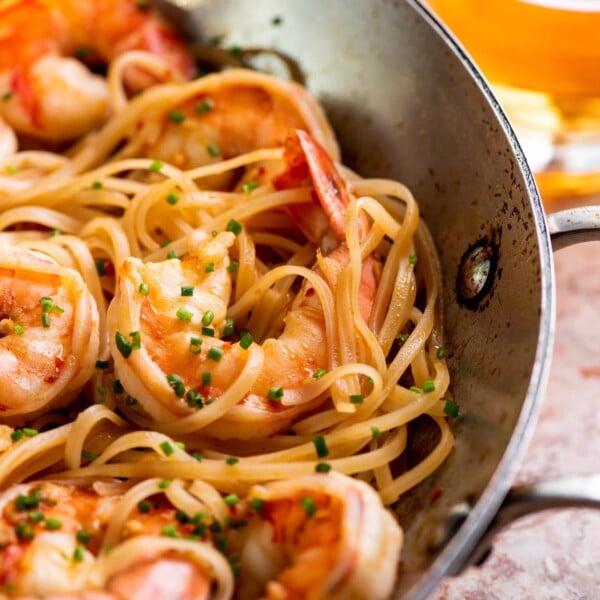
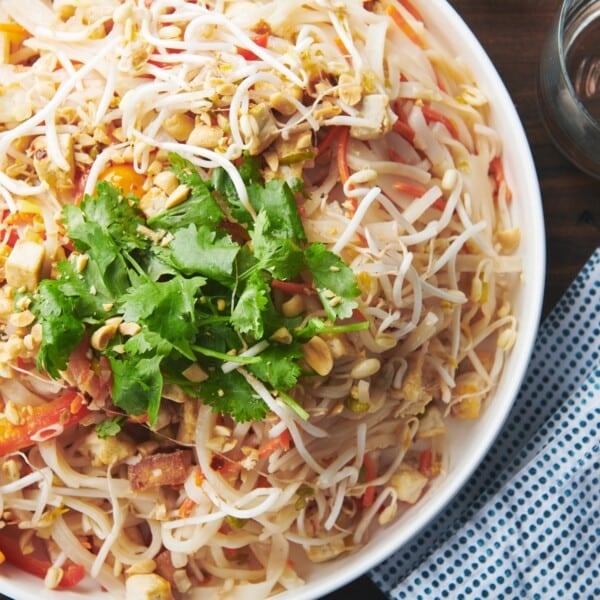
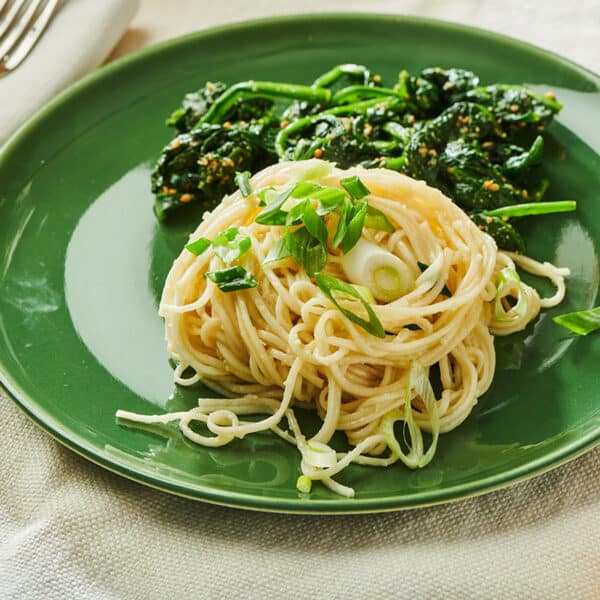
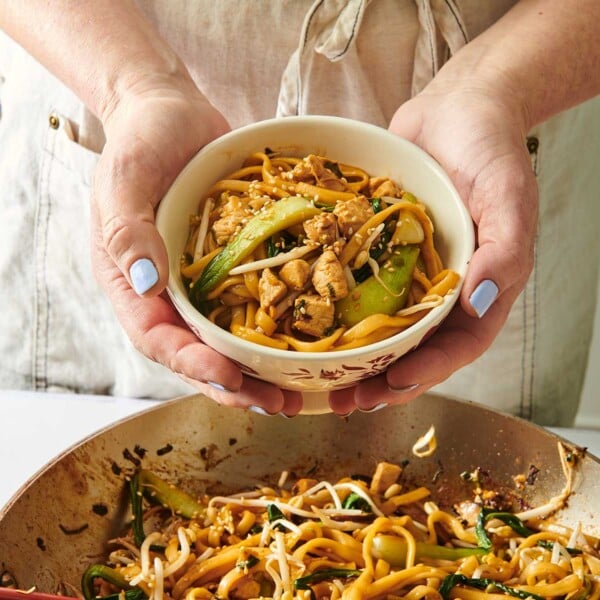
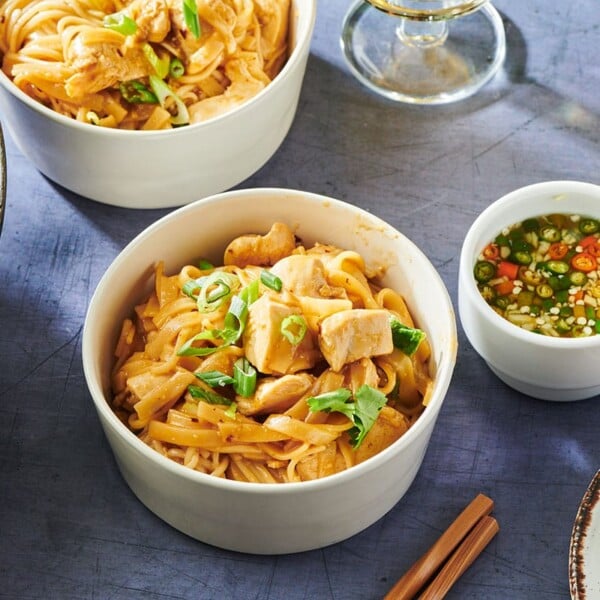
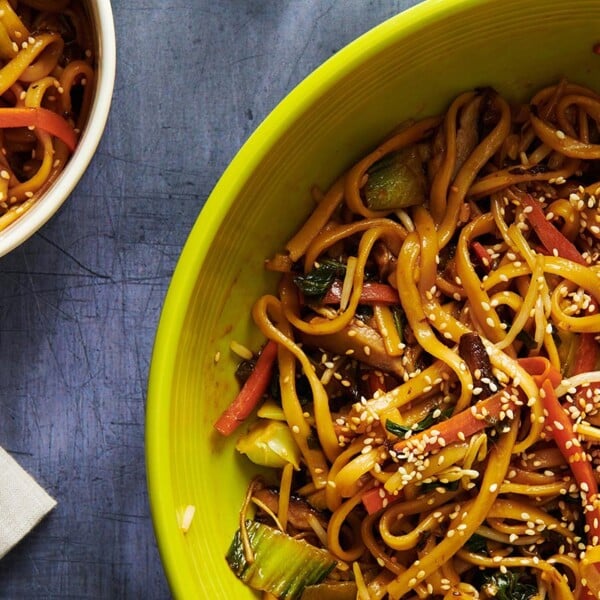









This rice noodle tutorial was so helpful!! When I use to make them they’d turn out very gummy but when I followed your instructions, they turned out perfect!!